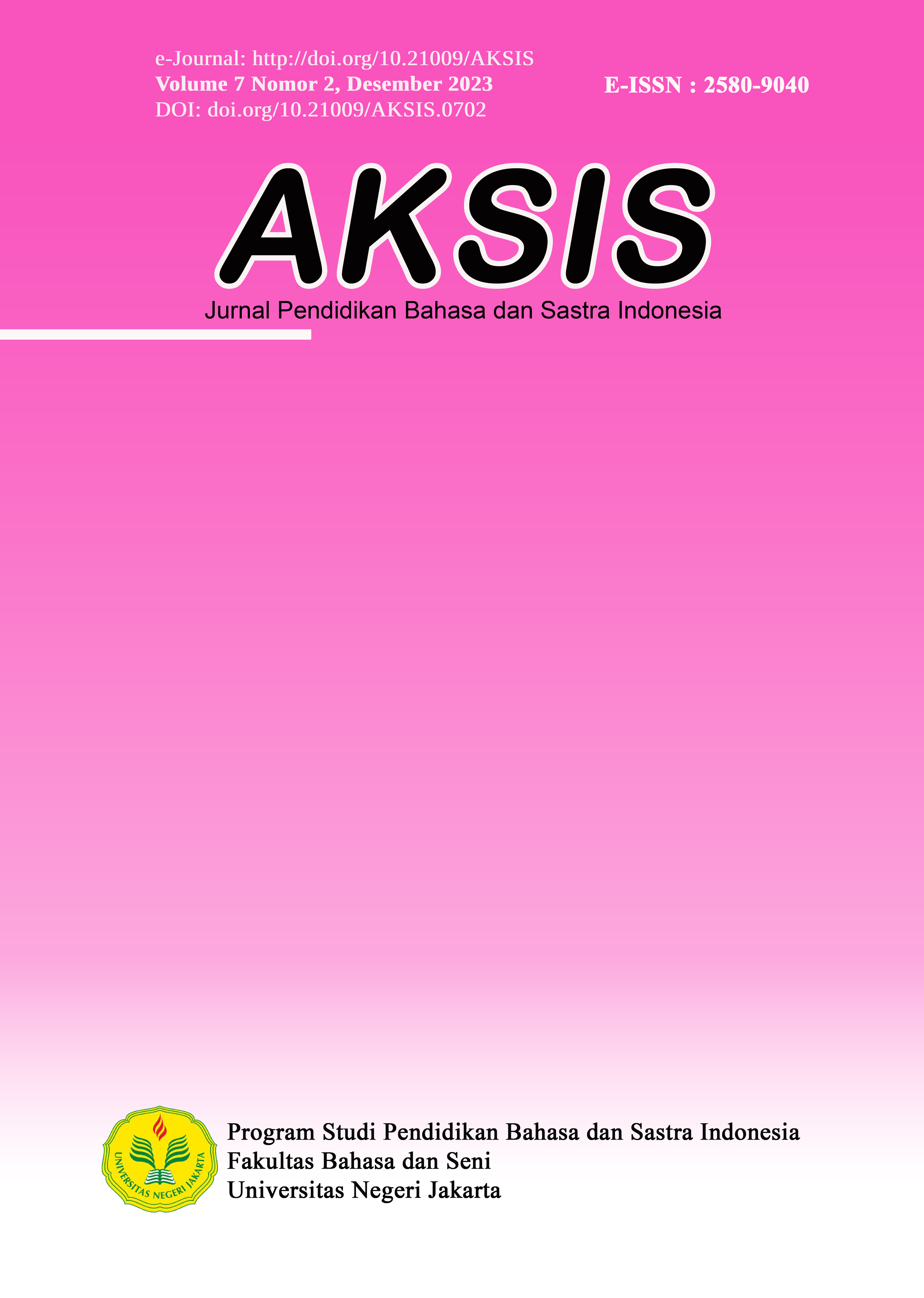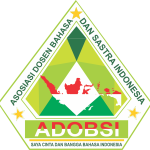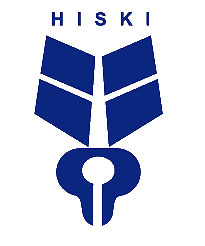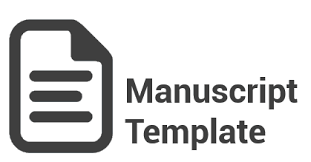Development of Bahasa Indonesia for Foreign Speaker’s Learning Material Based on Indonesian Cultures-Literatures and 5C Integrated
DOI:
https://doi.org/10.21009/AKSIS.070203Keywords:
learning material, BIPA, 5C, Indonesian culture, Indonesian literatureAbstract
Currently, BIPA learning material which includes grammar, language skills and culture is delivered in an integrative manner, but the learning activities in it have not fully provided a way for foreign students to be able to communicate in Indonesian properly. The appropriateness of this communication can be achieved based on the context, society and culture of Indonesia. Because of this gap, BIPA students will experience communication barriers because there are differences between the Indonesian language learned in the classroom and the use of Indonesian in society. Apart from that, cross-cultural understanding has not been well established because the use of cultural and literary topics as language arts which can be an effective means of improving mastery of Indonesian language skills is not yet optimal. Based on this situation, this research focuses on developing a BIPA teaching material model based on Indonesian culture and literature by integrating the 5C aspects, namely communication, culture, connections, comparison, and communities. By integrating these five aspects in teaching materials for listening, speaking, reading, writing and grammar, foreign students can master Indonesian language competencies better and more comprehensively. These five aspects are covered in topics and discussions using various topics related to Indonesian culture and literature. The teaching material model developed will focus on the advanced level or BIPA 7.
References
Bahtiar, A. (2018). Sastra Warna Lokal Betawi Sebagai Bahan Pembelajaran Bahasa Indonesia Untuk Penutur Asing (BIPA). Insania: Jurnal Pemikiran Alternatif Kependidikan, 23, 80–91.
Gall, M. D., G. J. P., B. W. (2003). Educational Research: An Introduction - Eight Edition. Allyn and Bacon.
Halimah, Y. & S. S. U. B. (2020). Sastra Bandingan sebagai Alternatif Bahan Ajar dalam Pembelajaran Bahasa Indonesia bagi Penutur Asing (BIPA). Seminar Internasional Riksa Bahasa.
Hyun, P. J. (2015). Potensi dan Tantangan Bahasa Indonesia Menuju Bahasa Internasional. Jurnal Sosioteknologi Institut Teknologi Bandung, 14(1).
Iriani, F. (2023). Diplomasi Budaya Indonesia di Korea Selatan Melalui Program Bahasa Indonesia bagi Penutur Asing (BIPA) Tahun 2021-2022. EJournal Ilmu Hubungan Internasional, 11(2), 511–525.
Kurniawan, P. D. A., B. D. H. , H. & Larasati. (2019). Pelaksanaan Program BIPA dan Hasil Pembelajarannya. JBIPA: Jurnal Bahasa Indonesia Bagi Penutur Asing, 1(1).
Kustyarini. (2016). Sastra dan Budaya. Likhitaprajna: Jurnal Ilmiah Fakultas Keguruan Dan Ilmu Pendidikan, 16(2), 1–13.
Ma’rufah, L. A. & A. M. (2021). Eksistensi Bahasa Indonesia di Universitas Luar Negeri. Jurnal Pendidikan Bahasa Indonesia, 9(1).
Muliastuti, L. (2019). Bahasa Indonesia bagi Penutur Asing. Yayasan Pustaka Obor Indonesia.
Nurhuda, T. A., W. H. J., & S. (2017). Pemanfaatan Sastra sebagai Bahan Ajar Pengajaran BIPA. Proceeding of Education and Language International Conference (ELIC).
Purbarani, E., M. L., F. S. (2021). Pengembangan Model Materi Ajar Bahasa Indonesia Bagi Penutur Asing (BIPA). BASA Journal of Language & Literature, 1(2), 9–19.
Pusat Pembinaan dan Pengembangan Bahasa. (2010). Undang-Undang No. 24 Tahun 2009 tentang Bendera, Bahasa, dan Lambang Negara, serta Lagu Kebangsaan. Kemendiknas.
Septriani, H. (2021). Pemanfaatan Media Digital G-Suite For Education dalam Pembelajaran BIPA Jarak Jauh di University Of Vienna. JBIPA: Jurnal Bahasa Indonesia Bagi Penutur Asing., 3(2), 70–77.






